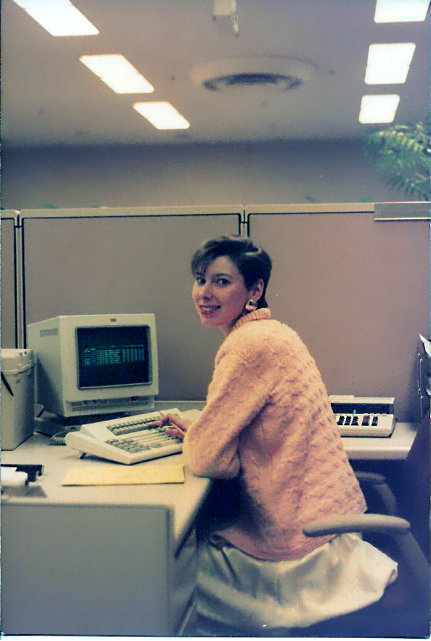Chamber News
Workforce Report | Measuring UP
June 23rd, 2022
Recently, I was catching up with a former co-worker, discussing the earliest stages of our career journey. Looking back on where and how we started our work lives, we chatted about what has gone the way of the dinosaurs and what remains critical to businesses today.
Together, we marveled at the technological breakthroughs of the last several years that have allowed us to work asynchronously, remotely, and with teammates scattered across the globe. We laughed a bit remembering the old days of desktop memos, Liquid Paper, pagers, and Dictaphones.
The tools and workspaces may have changed, but what remains consistent is the need to develop a workforce that has all that is necessary to be successful in today’s environment. Employees are still seeking ways to grow, contribute, and be recognized in the workplace; and they are looking to their leadership teams to provide the path forward.
Looking IN
Employers often mistakenly believe that basic training alone is sufficient to improve their team’s productivity, engagement, and job satisfaction.
Matching the needs and goals of the organization to the skills and abilities of the employee seems obvious. But, it is alarming how often one or both of those variables is not fully articulated…leaving both the employer and employee discouraged and unsure of how to progress.
Agreements on what is to be done and how it will be accomplished set the stage for building proficiency. Job competencies that are identified and clearly communicated give the employee clear expectations on how their performance will be evaluated.
Other benefits include:
- Managers can identify the developmental needs for each employee, based on their demonstrated skills and abilities
- Learning/Training can be designed to meet those specific needs
- Employees can be more engaged in their own growth and development
- Talent Acquisition teams are better equipped to improve their hiring/promotion activities
- Employee satisfaction may improve resulting in higher retention
- Talent Acquisition teams can market growth opportunities to candidates and new hires
Mapping it OUT
Competency Mapping is a process that helps a company improve overall performance by providing a framework for coaching/supporting employees and the leadership team. Many businesses have competency maps, specific to their industry sector; while others create their own.
Getting started:
- Evaluate the job description, focusing on and identifying only the tasks critical to getting the job done.
- Create a Rubric to evaluate and monitor progress
- Build assessments to evaluate how one moves from novice to expert
Sample Rubric from Cognology:

Drilling DOWN
Clearly communicating what is expected of each contributor remains critical to both employees and business leaders. There are many benefits of designing thoughtful and competency-focused job descriptions that set the stage for a productive and satisfactory work experience.
The days of waiting for the mail clerk to drop off interoffice memos in yellow envelopes may be over, but the workplace continues to be a space where employees are seeking guidance and support.

Kelly Fuller
Vice President of Talent & Workforce Development
KellyFuller@columbus.org

